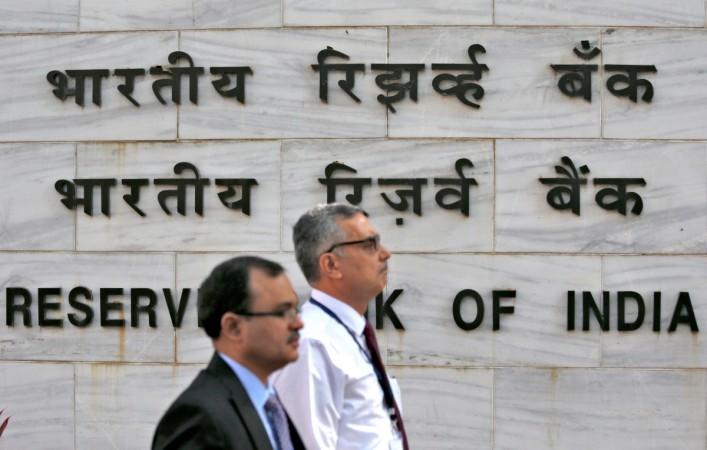
The date of implementation for goods and services tax (GST) as July 1 was a given for the past three-four months, but the higher rate of tax on services comes in coincidence with hike in allowances for Central government employees and pensioners, posing risks to inflation.
The 18 percent tax rate on services under GST is 3 percent higher than the service tax (including cess of various kinds) levied by the Centre till June 30.
Given that the services sector accounts for about 66 percent of India's gross domestic product (GDP), the enhanced rate applicable on a range of services such as telephone bills, banking services and insurance, is bound to lead to a modest rise in inflation, at least in the short-term.
Service tax collection by the Centre for 2016-17 was Rs 2,54,000 crore, up 20.2 percent from the previous fiscal, while the government had budgeted estimated collection at Rs 2,75,000 crore for 2017-18, including education, krishi kalyan and swachch bharat cess.
Also read: GST to impact ATM transactions, insurance premiums, credit card, loan EMIs
Incidentally, the rate comes into effect along with the Rs 30,700-crore bonanza payable to Central government employees and pensioners by way of higher allowances, effective from July 1. The decision to approve the raise in allowances, with minor changes from the ones recommended by the 7th Central Pay Commission, was approved by the Modi government on June 28.
Most analysts, apart from the Reserve Bank of India, had flagged the upside risk to inflation posed by the hike in allowances — including HRA — for Central government staff. "We expect HRA to push up the CPI – housing index by around 7.5% and impact headline Consumer Price Index or CPI inflation by 50bps-75bps," brokerage Nirmal Bang Institutional Equities had said in its note.
The RBI also referred to the impact of higher allowances, along with farm loan waivers, on inflation at its bi-monthly monetary policy review meeting held on June 6-7. "The risk of fiscal slippages, which, by and large, can entail inflationary spillovers, has risen with the announcements of large farm loan waivers. At the current juncture, global political and financial risks materialising into imported inflation and the disbursement of allowances under the 7th central pay commission's award are upside risks," the RBI's Monetary Policy Committee said on June 7.
However, given the low inflation rate, (2.18 percent in May), the RBI has enough room for slashing the repo rate by 25 basis points, according to State Bank of India economist. "RBI will find it difficult to ignore the clamour for rate cut and if the CPI data continues to be significantly benign (July CPI at a trough of possibly sub-1.5%), the chorus will get louder," Soumya Kanti Ghosh, Group Chief Economic Adviser, State Bank of India, said in a note on Friday.
















